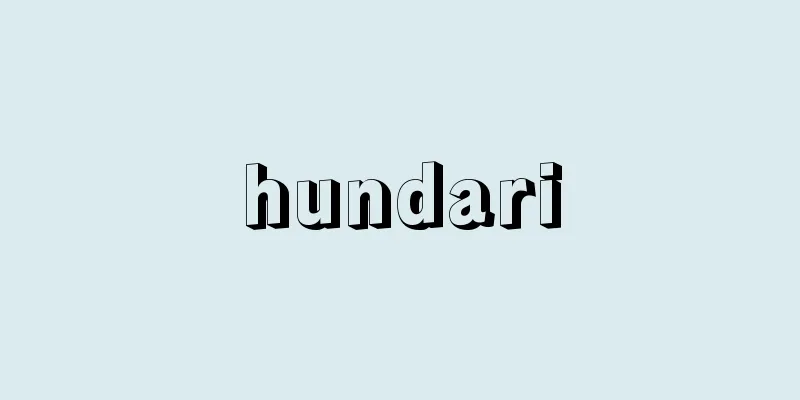Bohr, Niels (Henrik David)
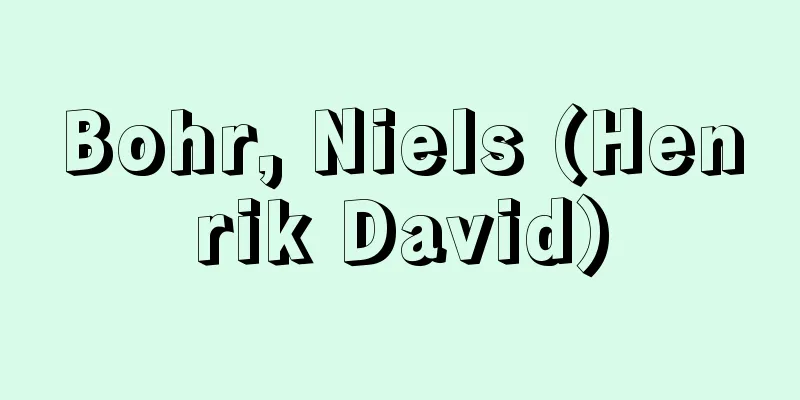
|
Born: October 7, 1885 in Copenhagen [Died] November 18, 1962. Danish theoretical physicist. His father was a professor of physiology at the University of Copenhagen. After receiving his doctorate from the University of Copenhagen in 1911, he went to England to study. He worked under J. J. Thomson and E. Rutherford. He commuted between England and Denmark until he was appointed professor at the University of Copenhagen in 1916. In 1921, he founded the Copenhagen Institute for Theoretical Physics, became its director, and built it into one of the world's leading institutes. In 1913, he combined Rutherford's atomic model with Planck's quantum hypothesis to successfully explain the spectrum of the hydrogen atom (→ Bohr's atomic theory). Since then, he played a central role in the construction of quantum theory. In 1918, he announced the correspondence principle that relates classical theory and quantum theory, and in 1927, he developed the concept of complementarity to address the epistemological problems raised by quantum theory. In the 1930s, when atomic nuclei became the subject of research, he proposed the liquid-drop model of the nucleus, which had a major impact on nuclear theory. In 1940, his home country was occupied by the German army, and in 1943, feeling in danger, he fled to Sweden with his family. He then cooperated with his son AN Bohr in the development of the atomic bomb in England and the United States, but after World War II he devoted himself to the movement for the peaceful use of atomic energy. He was awarded the Nobel Prize in Physics in 1922. Bohr |
|
[生]1885.10.7. コペンハーゲン [没]1962.11.18. コペンハーゲン デンマークの理論物理学者。父はコペンハーゲン大学の生理学教授。 1911年コペンハーゲン大学から学位を取得後,イギリスへ留学。 J. J.トムソン,E.ラザフォードらのもとで研究。 16年コペンハーゲン大学の教授に任命されるまで,イギリスとデンマークの間を往復。 21年にコペンハーゲン理論物理学研究所を創設し,みずから所長となり,世界でも有数の研究所に育て上げた。 1913年ラザフォードの原子模型とプランクの量子仮説とを組合せ,水素原子のスペクトルの説明に成功 (→ボーアの原子理論 ) 。これ以後量子論建設に中心的な役割を果した。 18年古典論と量子論を関係づける対応原理を発表,27年量子論の提起した認識論的問題に対して相補性の概念を展開。 1930年代原子核が研究対象になるに及び,核の液滴模型を提出し,原子核理論に大きな影響を与えた。 40年母国がドイツ軍に占領され,43年身の危険を感じ一家でスウェーデンに逃れた。その後息子の A.N.ボーアとともにイギリス,アメリカで原子爆弾開発に協力したが,第2次世界大戦後は原子力の平和利用運動に尽力した。 1922年ノーベル物理学賞受賞。 ボーア
|
<<: Foyer (English spelling) [France]
Recommend
Leaf analysis
A method to diagnose the nutritional condition of ...
ḥabara (English spelling) habara
…In Persian, it refers to the traditional clothin...
Modern Japanese Authors and Their Works
...While working at the former Himeji High School...
Chills - Mom
〘 noun 〙 A chill that makes the whole body shiver ...
Hampel, AJ
... Sometimes the distortion of the sound can be ...
Common snipe (Tachigi)
A bird of the family Scolopacidae (illustration). ...
Tug of war - Tsunabi
A small bamboo tube filled with gunpowder is atta...
Flower essential oil - Kaseiyu
A volatile oil extracted from the flowers of plant...
Togawa-shi - Sogo Uji
One of the samurai families of the Middle Ages. A ...
National Administrative Organization Act - Kokkagyouseisoshikiho
The organizational standards for administrative ag...
Paper Dolls - Kamibina
A pair of paper Hina dolls, a boy and a girl. The...
Development
It refers to the process of converting an invisib...
Dutch earwort - Dutch earwort
A biennial plant of the Caryophyllaceae family (A...
Pachycephala cinerea (English name) Pachycephalacinerea
…The breeding season is usually from August to Ap...
Stanisław August Poniatowski
1732‐98 The last king of Poland. Reigned 1764-95. ...
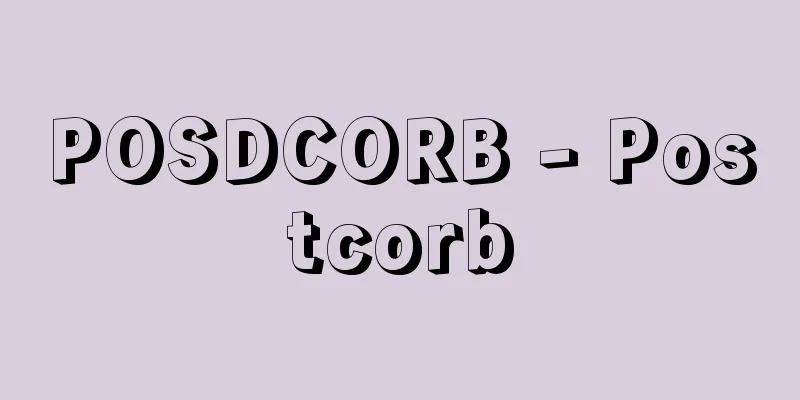
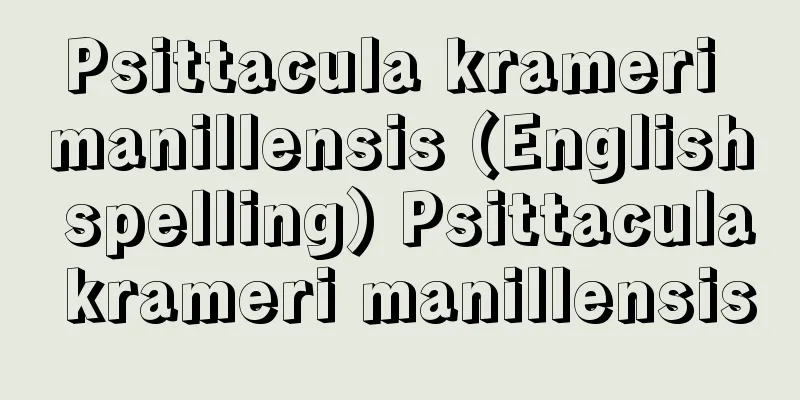
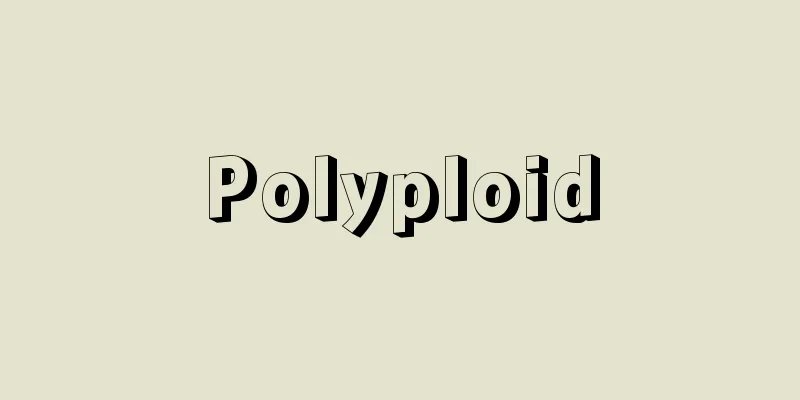
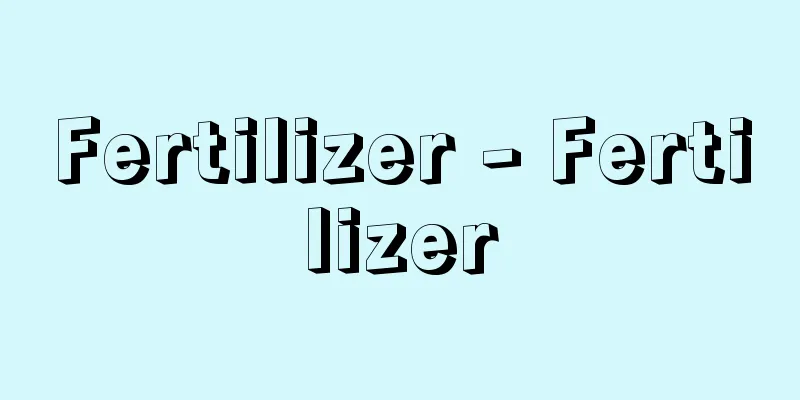
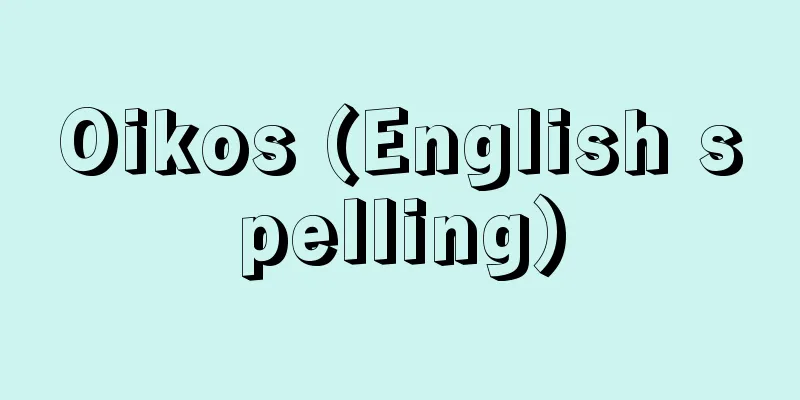
![Kuzuu [town] - Kuzuu](/upload/images/67cb688368d2f.webp)
